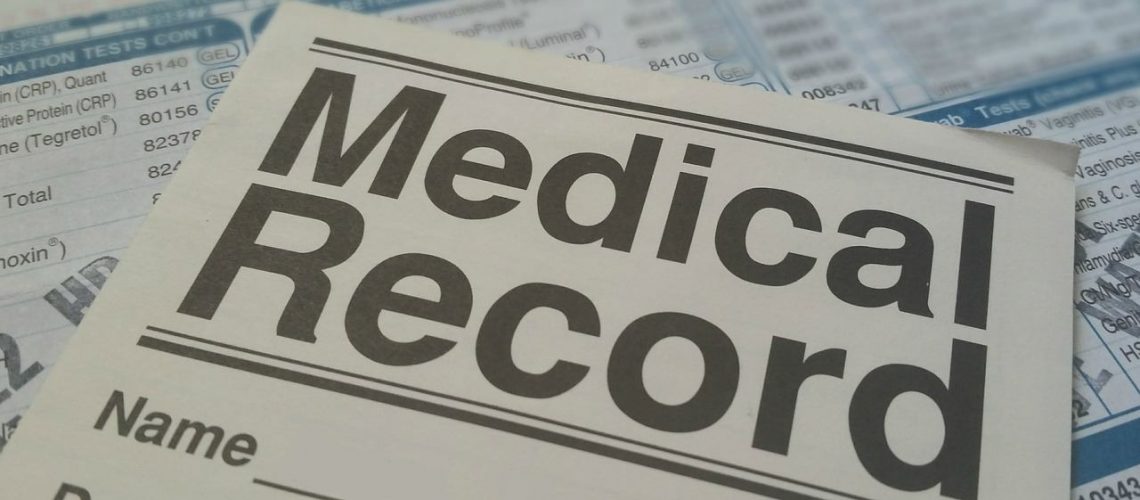Billing and coding is always a challenge, but optometrists new to the field of neuro-optometric rehabilitation can find it doubly so, because the charting notes required are very different from a typical optometric visit.
In billing for appointments, providers may have the choice of multiple types of CPT codes, including the 92xxx, 97xxx and 99xxx codes.
While optometrists may be most familiar with 92 codes, the 99 evaluation and management (E&M) codes typically billed for medical encounters or the 97 codes billed for rehab and therapy are often more appropriate. That doesn’t necessarily mean they will pay better; however, I recommend that optometrists try billing a new code once and following it through to see whether it is paid or denied and, if paid, at what rate. There is variation in each state and for each insurance carrier, so it is important to figure out which codes will work best for your practice.
You may also want to consider billing separately for certain diagnostic tests (although be careful — billing separately for them means they can’t be used to justify the complexity of the exam code). Common test codes that we use include 92545 (oscillating tracking test with recording), 92060 (sensorimotor examination with multiple measurements of ocular deviation with interpretation and report) or 96120 (computer-based neuropsychological testing with interpretation).
Here are four more pearls to help make this process less of a headache:
Think beyond the eye. Optometrists are used to making notes on the ocular system – vision, gaze, ocular structures, etc. With neuro-optometric rehabilitation, you have to think more like a therapist and review multiple systems. This isn’t as difficult as it sounds, as there are typically symptoms affecting multiple systems after a concussion. For example, you may document visual, neurologic, gait and gastrointestinal problems in a patient suffering from post-concussion syndrome.
Think in ink . Even if everyone knows you did something, it doesn’t “count” if it isn’t documented. Documenting ongoing therapy requires exam notes that are more extensive than a typical vision exam note. Many use the “SOAP” format, including documentation of Subjective findings, Objective findings, Assessment and Plan.
Always verify the patient’s insurance in advance. This is especially important if there is an auto insurance claim or worker’s compensation claim involved. In these situations, always get approval in writing before treating.
Don’t be afraid of audits. Lots of people are afraid to bill the 99 E&M codes, worrying that they will get audited. If you document appropriately to support the level of code you bill, there is no need to fear an audit.
Have you experienced difficulties with billing and coding for neuro-optometric evaluations or for rehabilitation care? Share your experience here in the comments.
——————————————————
Photo courtesy of: Medical Coding News
Originally Published On: Healio
Follow Medical Coding Pro on Twitter: www.Twitter.com/CodingPro1
Like Us On Facebook: www.Facebook.com/MedicalCodingPro







